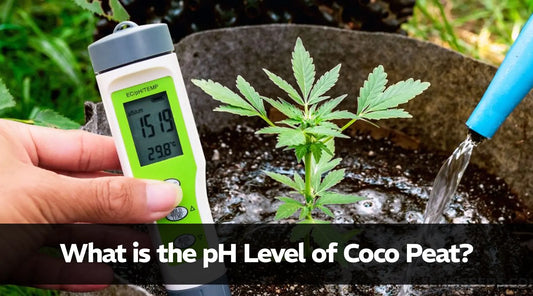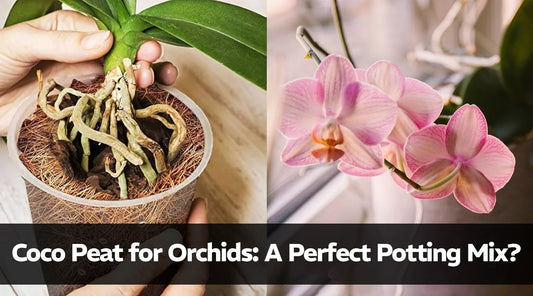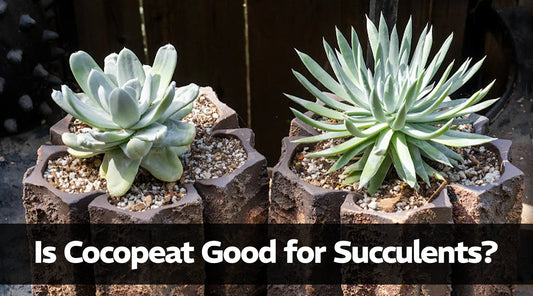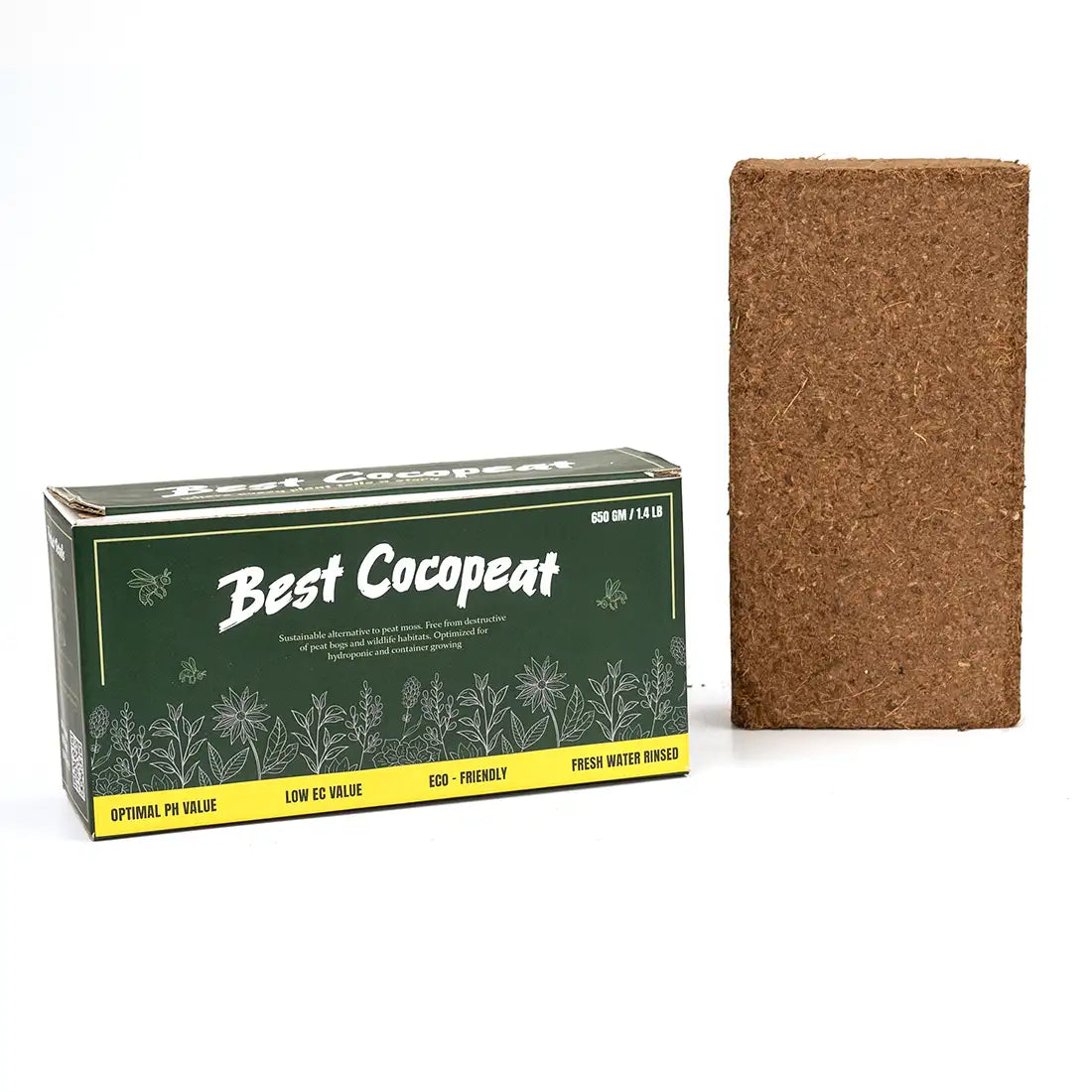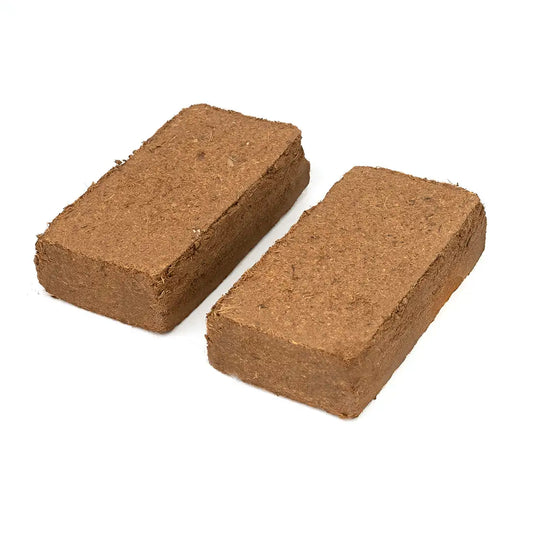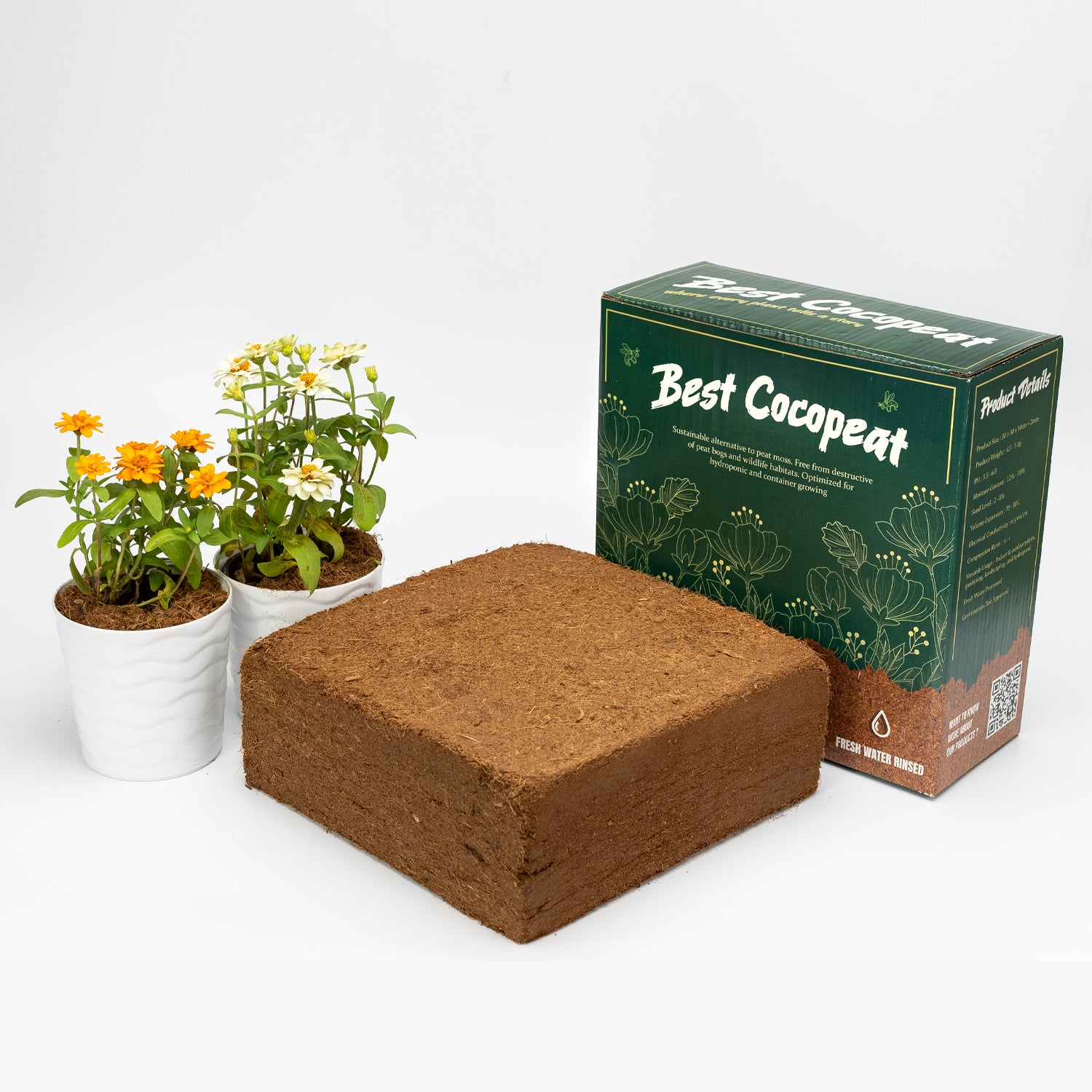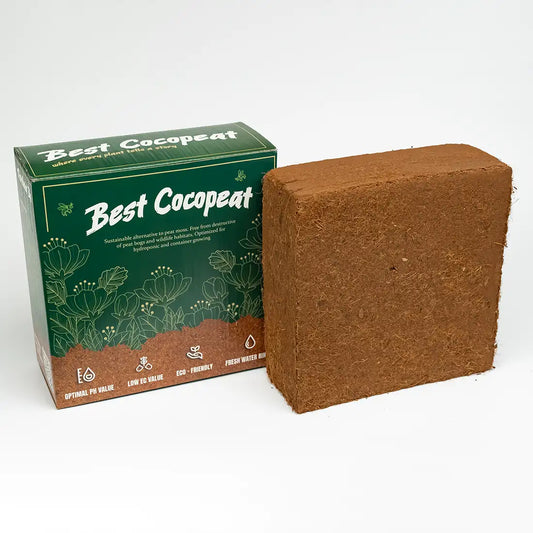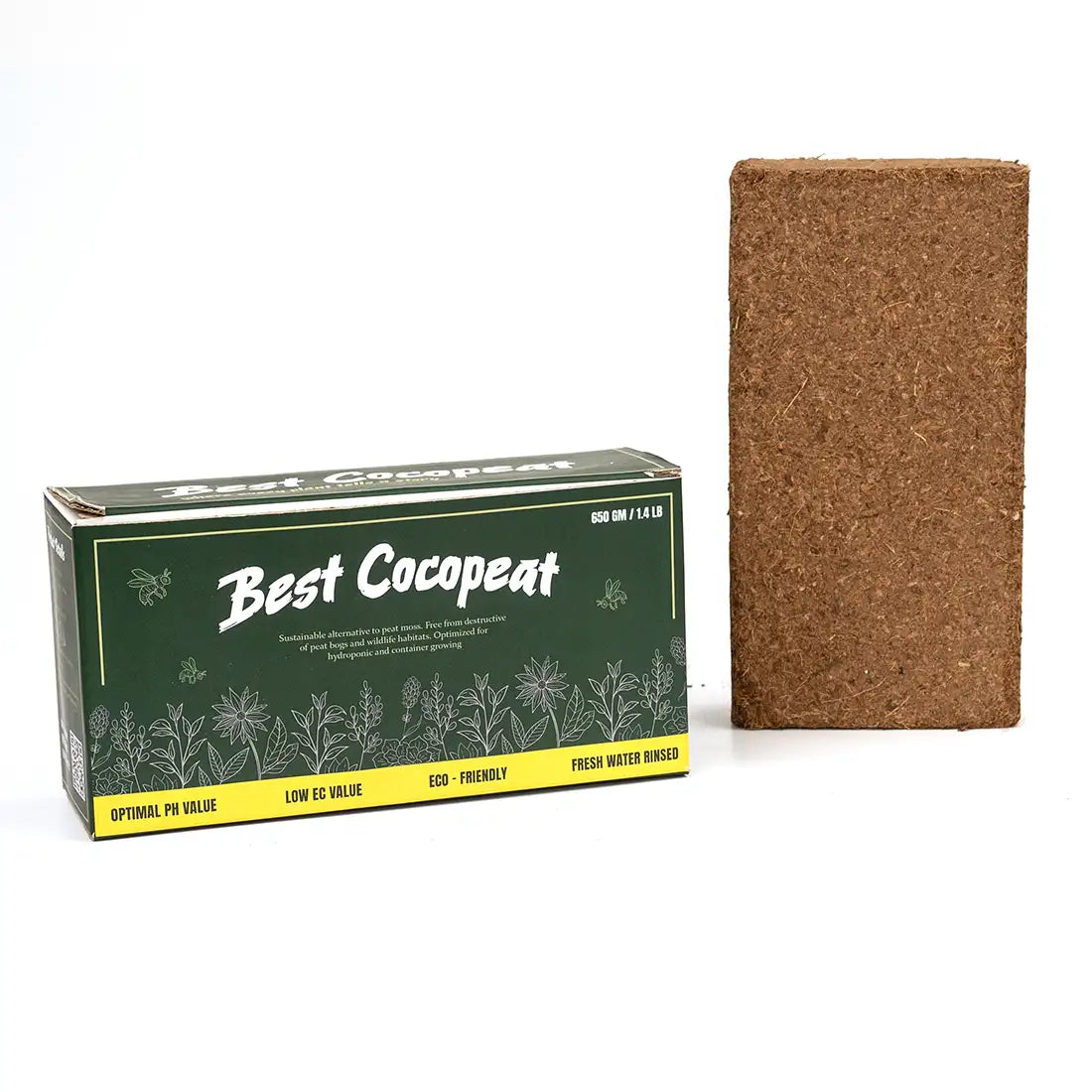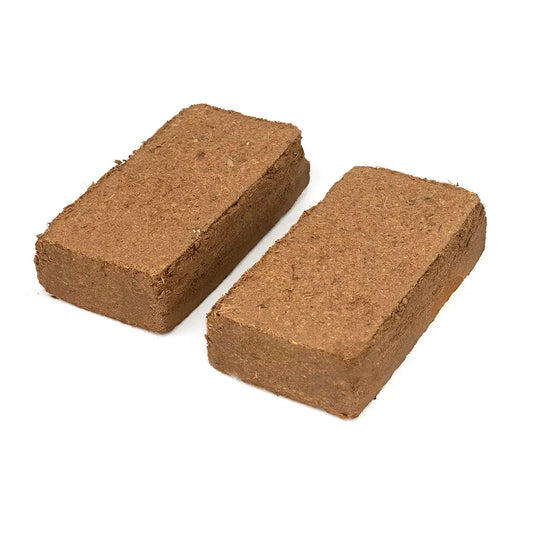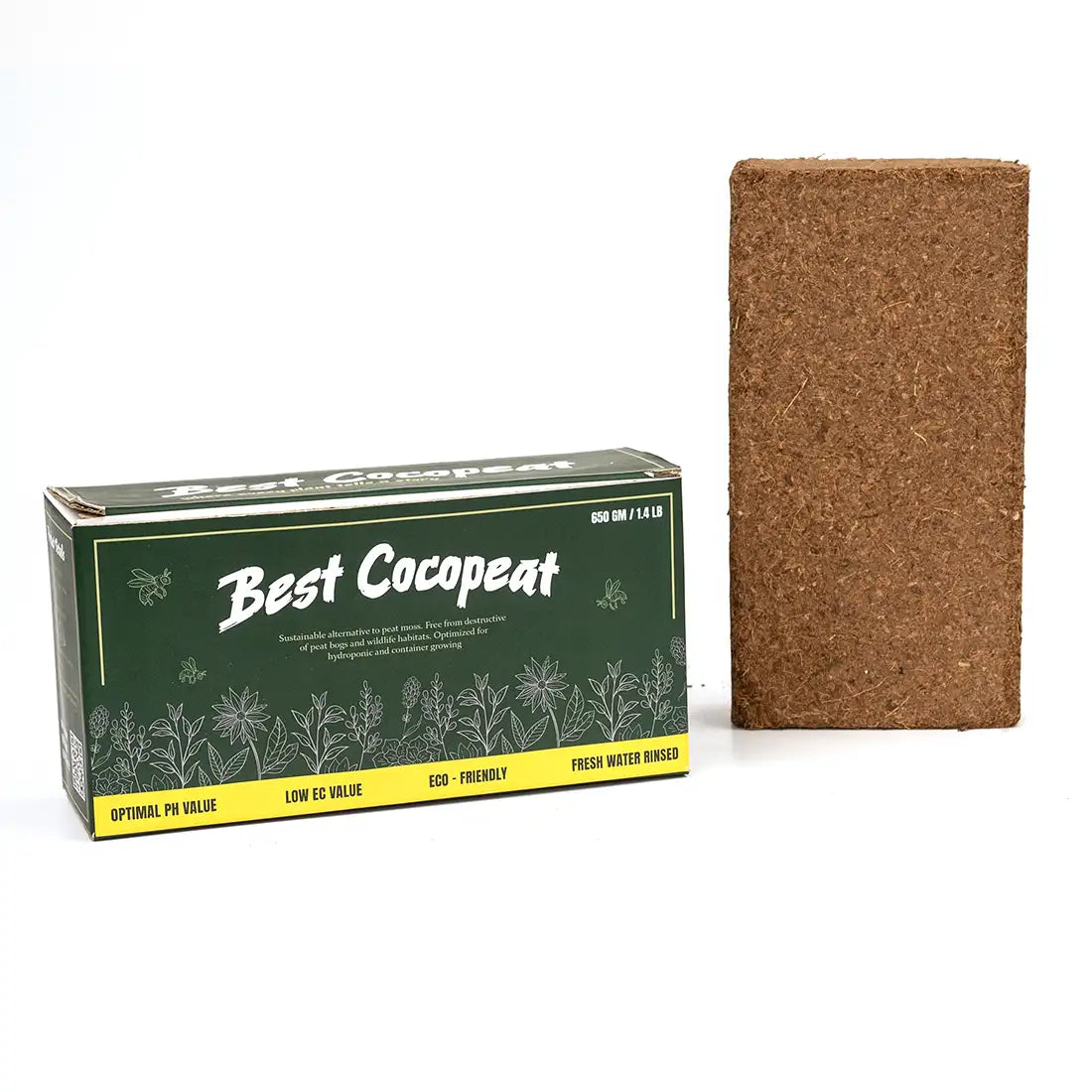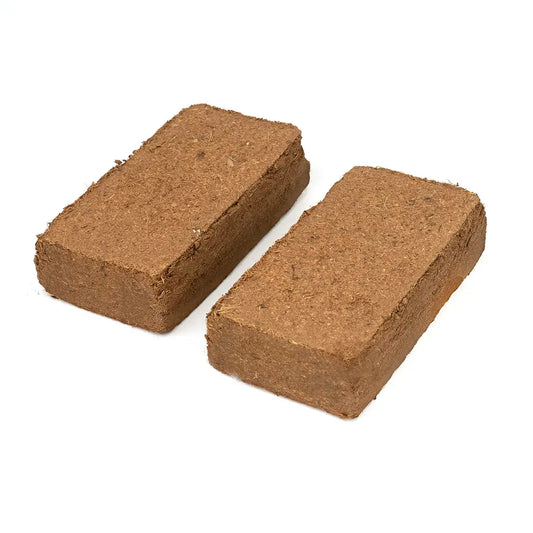Coco peat's breathability and water-holding qualities make it a popular medium for cultivation. However, adding nutrients to coco peat mix is important for encouraging plant growth because it does not have any nutrients. You can give your plants a healthy atmosphere by adding the right plant nutrients to it.
Knowing the Requirements of Adding Nutrients to Coco Peat
An ecologically friendly solution for regular dirt is coco peat, which is made from the husks of coconuts. Although it provides good air circulation and moisture retention, it is low in vital soil nutrients such as potassium, phosphorus, and nitrogen. You have to add coco peat with organic nutrients or fertilizer nutrients to supply your plants a balanced diet if you want to improve plant growth
Techniques for Adding Coco Peat Mix with Nutrients
You can add vital plant nutrients to your coco peat mix in several of ways:
1. Coco Peat Pre-Treated with Nutrients
It is a great plan to soak and pre-condition cocopeat with water that is rich in nutrients before utilising it.
-
Make use of fertiliser nutrients like calcium, magnesium, and potassium in a nutrient solution.
-
To allow the coco peat to absorb these soil nutrients, soak it for at least 24 hours prior to planting.
2. Utilising Natural Nutrients
Use natural nutrients for plants like compost, worm castings, or aged manure for an ecologically friendly method. These natural ingredients boost the coco peat mix by:
-
Supplying nutrients with a slow release.
-
Increase the activity of microbes.
-
Promoting environmentally friendly farming techniques.
3. Includes Fertilizers in Liquid Form
Liquid fertilizers assist in providing a consistent supply of vital elements because coco peat lacks natural fertilizer nutrients. Among the options are:
-
Organic liquid fertilizers, such as extracts from seaweed or fish emulsion.
-
Nitrogen, phosphorus, and potassium that are balanced and restore vital macronutrients.
-
Nutrients for hydroponics for correct feeding.
4. Mixing with Soil or Compost
A balanced coco peat mix can be made by blending it with compost or nutrient-rich soil. This joining:
-
Improves the nutrient profile and natural structure.
-
Maintains ventilation while improving water retention.
-
Reduces the frequency of fertilizer applications.
5. Putting Fertilisers with Slow Release
Slow-release fertilisers are used to supply plant nutrients by progressively supplying vital minerals. This approach:
-
Minimizes nutrient leaching.
-
Ensures steady plant growth over time.
-
Reduces frequent fertilization needs.
The Best Methods for Coco Peat with Nutrients
To maintain a nutrient-rich coco peat mix, consider the following tips:
-
Monitor pH levels: Because coco peat has a potential to be slightly acidic, you may need to add lime to balance it out.
-
Replenish nutrients regularly: Consistent nutrition is essential since soil nutrients gradually reduce.
-
Ensure proper drainage: Overwatering might result in plant nutritional disparities even though coco peat holds moisture.
Conclusion
For the best plant growth, coco peat natural nutrients for plants should be enhanced with coco peat. Maintaining a balanced nutrient supply is crucial, no matter whether you're utilising compost and soil, organic nutrients or fertilizer nutrients. Adding nutrients to coco peat mix to create the perfect growing medium for plants that are healthy and bloom.

